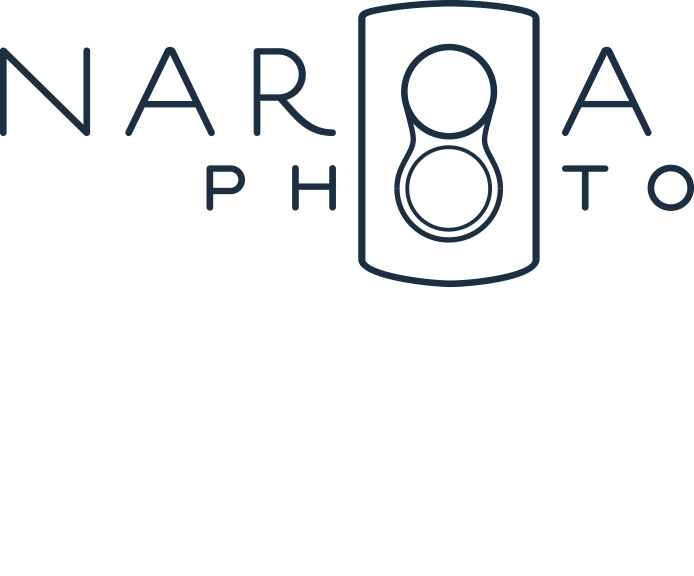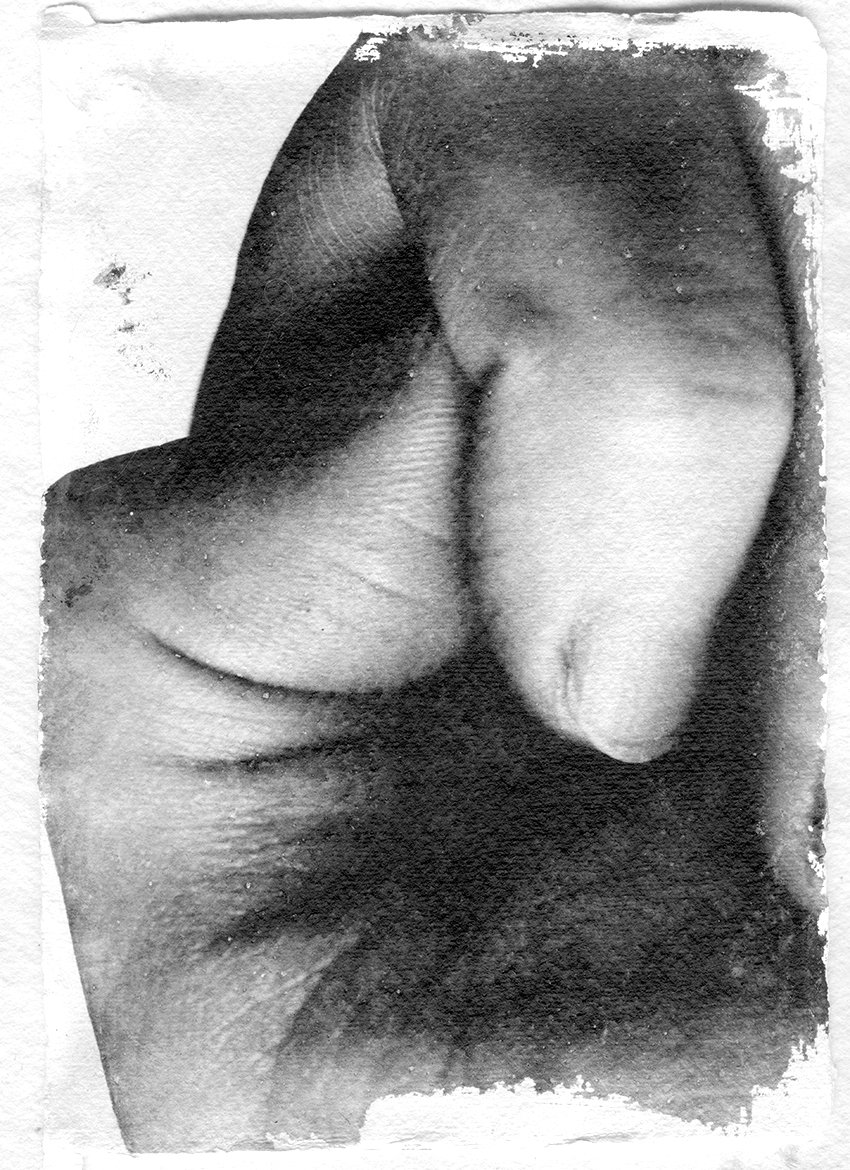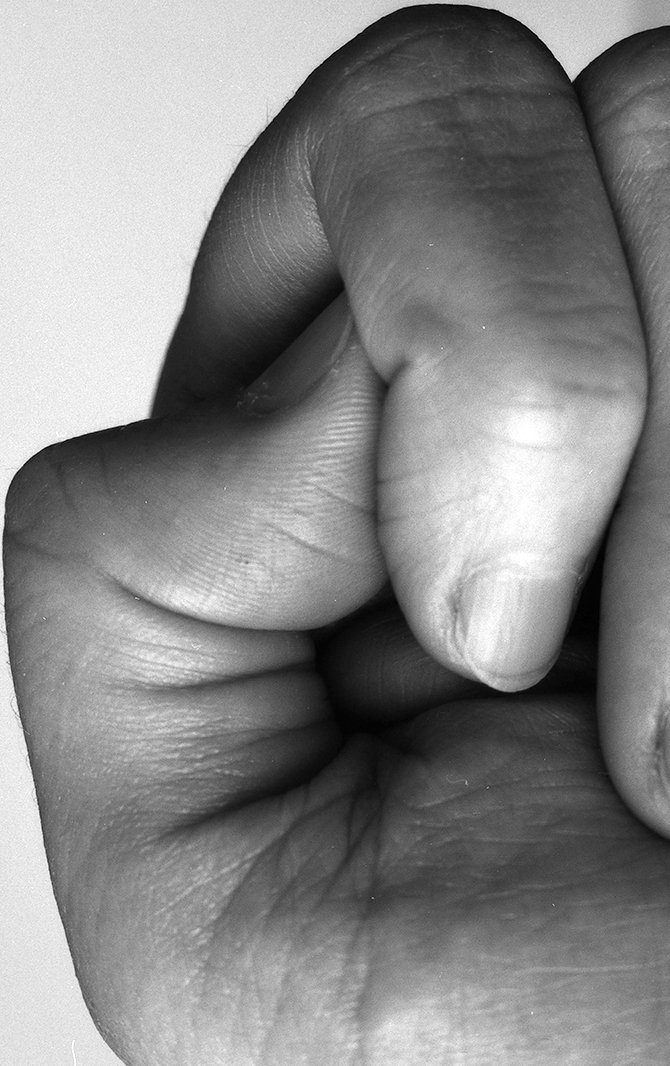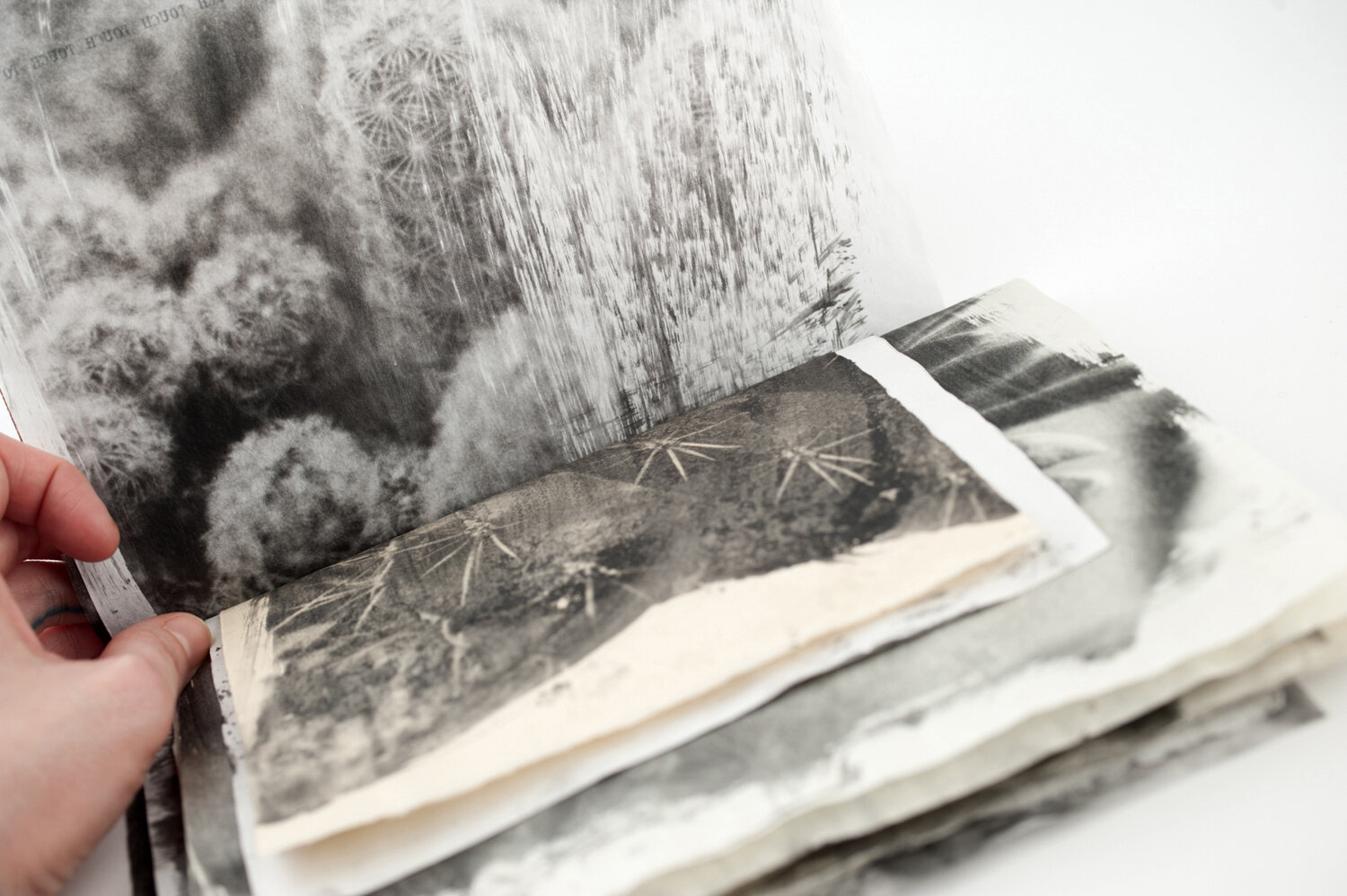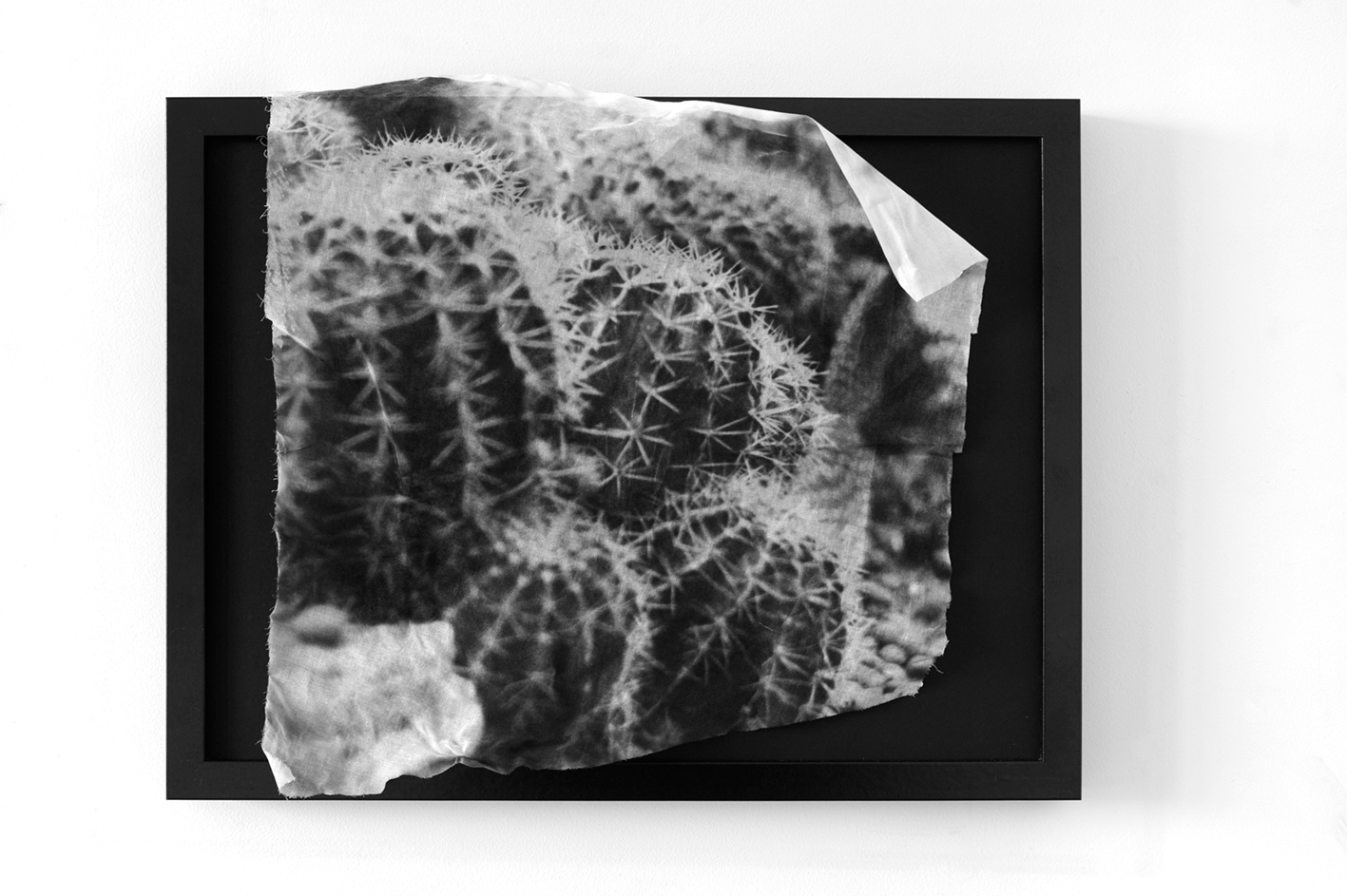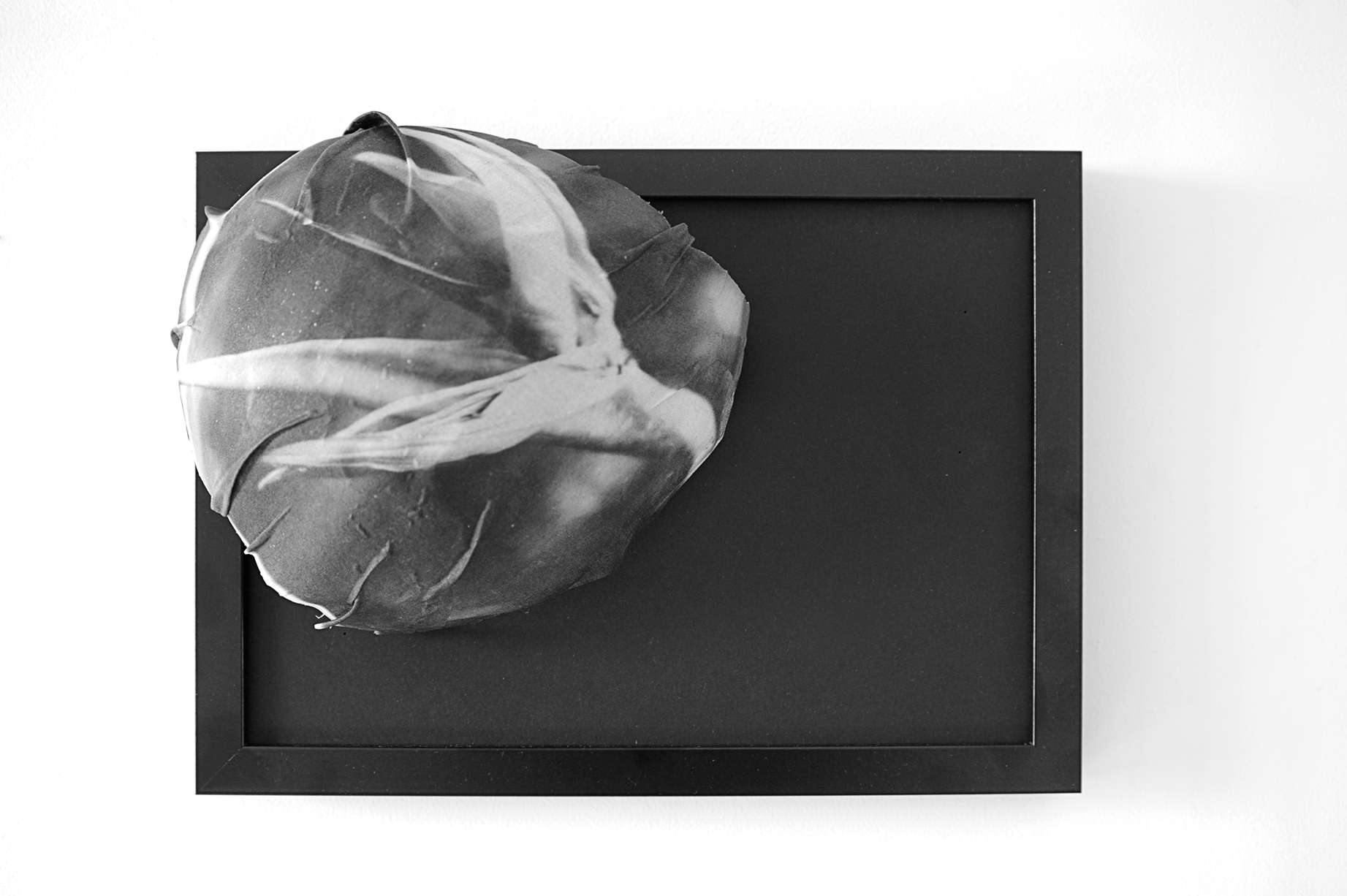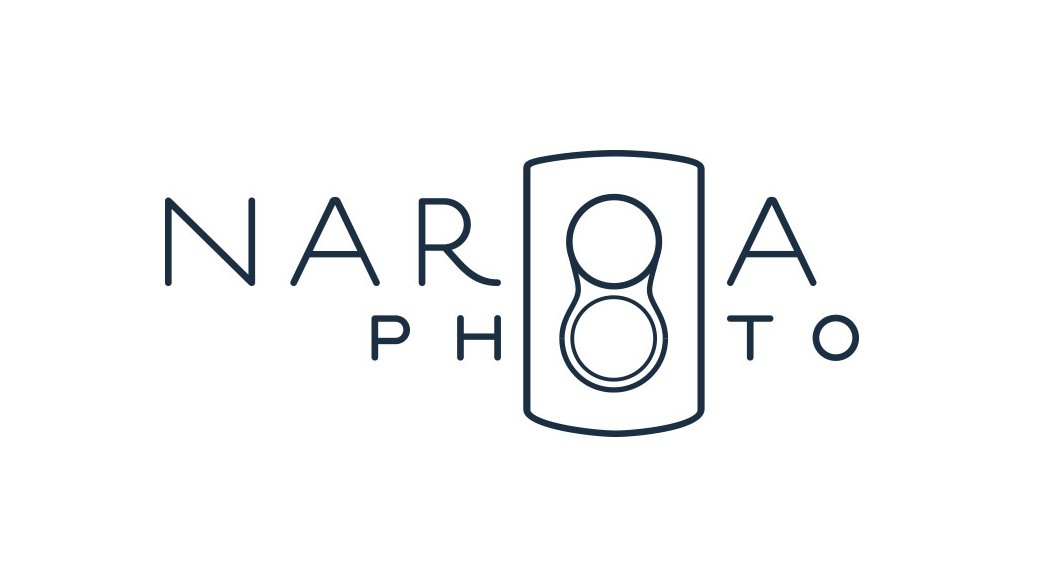The Trail of Touch ( 2017-2025)
An artistic and photographic pratice and reaserch on the concept of Tactile Nostalgia
CUENCOS
Piezas de porcelana, el material cerámico más delicado y resistente, dotadas de una tenue translucidez. Así como las manos, estos cuencos están creados para recibir, sostener y guardar. Ambos son recipientes de bienvenida. El tacto sostiene una verdad ineludible: el contacto sólo existe en la cercanía. Uno recibe y es recibido… y a veces no se distingue cuál es cuál.
Bowls
Porcelain pieces — the most delicate yet resilient ceramic material — endowed with a subtle translucency. Like hands, these bowls are made to receive, hold, and keep. Both are vessels of welcome. Touch reveals an undeniable truth: contact only exists in closeness. One receives and is received… and sometimes it is impossible to tell which is which.
Buscando entre el caos, rescatando memorias tactiles, Cierra los ojos!! y rescata esa sensación de entre los recuerdos más profundos y plasmalos en la piel. La piel se encresta y decide transportarte a esos espacios llenos de sentimientos difícilmente controlables. ¿Para qué controlarlos? ………. Ay! Esos recuerdos tan impregnados en los sentidos, el olor, el tacto, ….. ¡Sigue con los ojos cerrados! y déjate llevar por la electricidad que recorre tu cuerpo y deja que tu piel se encienda.
In the midst of the mayhem, pulling out tactile memories, Lower your gaze! and resurrect that feeling from the recesses of one's mind before imprinting it onto one's skin. The skin curls up and decides to transport you to those spaces full of hardly controllable feelings. Why control them? .......... Oh, those memories so impregnated in the senses, the smell, the touch, ...... Keep your eyes closed and let yourself be carried away by the electricity that runs through your body and let your skin light up.
Project artistic Statement – The Trail of Touch
The Trail of Touch is an artistic exploration centred on touch as a fundamental sense for human development, emotional connection, and the construction of memory. Through tactile materials such as porcelain, textiles, plaster, and sandstone, and by means of manual photographic processes, the project offers a sensory experience that speaks directly to the body.
It explores how the skin holds memory and how close contact transforms both the object and the one who touches it. Bowls, cushions, fabrics, and sculptures are conceived as vessels: they hold, contain, and evoke. Each piece results from a careful gesture, a process that values vulnerability, repetition, and chance.
The use of liquid emulsion on porous surfaces allows the photographic image to move beyond the purely visual, becoming material and tactile imprint. In this way, the works invite an intimate and direct relationship, reconnecting with a way of perceiving that goes beyond sight.
Developed between 2017 and 2025, The Trail of Touch follows an open-ended approach, combining craft-based practices with a constant attention to the body and its sensory memories.
El rastro del tacto
El rastro del Tacto es una investigación artística que gira en torno al tacto como sentido esencial para el desarrollo humano, la conexión emocional y la construcción de la memoria. A través de materiales sensibles como la porcelana, el textil, el yeso o la arenisca, y mediante procesos fotográficos manuales, se propone una experiencia sensorial que apela directamente al cuerpo.
El proyecto explora cómo la piel guarda recuerdos y cómo el contacto cercano transforma tanto el objeto como a quien lo toca. Cuencos, cojines, telas y esculturas son concebidos como recipientes: sostienen, acogen y evocan. Cada pieza es el resultado de un gesto cuidadoso, de un trabajo que valora lo vulnerable, lo repetitivo y lo azaroso.
El uso de emulsión líquida sobre soportes porosos permite que la imagen fotográfica deje de ser solo visual para convertirse también en materia, en huella táctil. Así, las obras invitan a una relación íntima y directa, reconectando con una forma de percibir que va más allá de la mirada.
Desarrollado entre 2017 y 2025, El rastro del tacto mantiene un enfoque abierto, combinando prácticas artesanales con una atención constante al cuerpo y sus memorias sensoriales.
La mano que recibe.
Mediante emulsión líquida, creo esculturas fotográficas táctiles sobre materiales naturales y porosos que parecen reclamar una caricia. Mi investigación indaga cómo el tacto influye en nuestras relaciones interpersonales y en el desarrollo biológico. Considero este sentido como esencial en el crecimiento humano. Desde 2017, he profundizado en ciencia y filosofía para mantener una perspectiva abierta, proceso que culminará en 2025.
The hand that receives.
The receiving hand. Using liquid emulsion, I create tactile photographic sculptures on natural, porous materials that seem to demand a caress. My research explores how touch influences interpersonal relationships and biological development. I consider this sense essential for human growth. Since 2017, I have deepened my study of science and philosophy to maintain an open perspective — a process that will conclude in 2025.
CUSHIONS, part of The Trail of Touch, merges photography and fabric. I print images on textiles using darkroom techniques and transform them into embraceable forms. I seek to evoke emotional memories through touch, exploring the power of physical sensations and questioning our tendency to control deep memories. I propose reconnecting with the body’s sensory memory, emphasising touch as a primary and intimate sense.
CUSHIONS, parte de The Trail of Touch, fusiona fotografía y tela. Imprimo imágenes en tejidos mediante técnicas de cuarto oscuro y los convierto en formas abrazables. Busco evocar recuerdos emocionales a través del tacto, explorando el poder de las sensaciones físicas y cuestionando nuestra tendencia a controlar memorias profundas. Propongo reconectar con la memoria sensorial del cuerpo, subrayando el tacto como sentido primordial e íntimo.
Porcelain pieces - Cuencos de la mano
the trail of touch on porcelain
Photographic print on silk
The Trail of Touch BOOK
Trail of Touch BOOK is already in Artbook collections.
· Victoria and Albert MUSEUM library art book collection, London, UK (Open access to public) V&A library catalogue and available to be requested by the public.
· Gabriela Cendoya Bergareche photobook art collection, San Telmo Museum, San Sebastian EH (Open access to public)
· London College of Communication, UAL, library art book collection. London, UK (Students and academics research)
· Baylor University, art book library, Waco, Texas, USA, (Students and academics research)
· Bodleian Libraries: Weston Library, rare books collection, Oxford University, UK, (Students and academics research)
· University of Dundee (library), Scotland.
The Trail of Touch is a limited edition of 20 handmade books, of which only 5 remain. Several of them are housed in prominent libraries and universities, such as the Victoria & Albert Museum Library in London, the Gabriela Cendoya collection at the San Telmo Museum in Donostia, Baylor University in Texas, and the London College of Communication, UAL. It is also in the hands of private collectors who are deeply passionate about analogue photography and the book format.
This book was not printed in a traditional print shop. Every page consists of analogue photographs printed on different materials using the liquid emulsion technique. Each copy is unique, as chance, error, and repetition were key elements in the creative process. No two copies are alike, intentionally. Both the unpredictability of error and the randomness of the process make analogue photography a beautiful, unpredictable art form.
This book encapsulates research on the sense of touch and nostalgia: Tactile Nostalgia. It evokes the sensation of discovering the world through touch—a feeling we long for from childhood and seek out again as adults. The significance of this sense lies in its ability to ground us in reality, connecting us to our deepest and most intimate sensations. Touch makes us human.
This book advocates for the importance of touch as a way to grow emotionally and physically. TOUCH TOUCH TOUCH—close your eyes and touch!
The Tactile nostalgia is the Haptic reminiscense. Repeat:
Homesick of being touched. Missing touch. Lack of personal contact.
The need for touch evoked by haptic nostalgia. The need for touch that haptic nostalgia evokes. The need to touch that haptic nostalgia brings up.
A want for physical contact brought on by remembering pleasant experiences of the past. A desire for physical touch induced on by recalling positive prior encounters. A desire for physical touch that comes from remembering good times in the past. Evokes a need for physical contact due to positive recollections of the past. Triggers a want for physical touch because of fond memories of the past.
Brings back good memories that make you want to touch someone. Arouses a desire for a physical contact as a result of pleasant recollections associated with the past. Brings up happy memories and makes you desire to be in physical contact with someone.
A hug, a gentle caress on the back, or simply holding hands all exemplify the universal language of touch. Across various cultures, tactile gestures serve as expressions of affection and support, especially in situations where words fall short or fail to capture our sentiments. Touch, as a form of communication, requires no formal learning but demands practice and refinement.
In our Western, capitalist, and individualistic society, the importance of touch has been diminished and overlooked.
Given the inherently ambiguous nature of touch, its neglect in our society leaves us feeling disoriented in our interpersonal interactions.
Undoubtedly, touch is closely linked to our skin and our identity as sexual beings, blurring boundaries at times. The fear of others transgressing our boundaries without consent immobilizes us. Here, the touch training becomes imperative to establish and respect these boundaries. It is essential to acknowledge and externalize the fact that skin has the capacity to evoke unexpected emotions, which can be challenging to process. Dialogue is necessary to navigate and share these experiences, whether to forge meaningful connections or resolve conflicts.
"The Trail of Touch" originated in 2017 as a photographic project that explores the emotional concepts of touch and nostalgia through academic and practical research. The project embraces the ideas of error, chance, and repetition as integral parts of its process.
Touch serves as a silent means of mutual support, fostering emotional bonds and solidarity networks that offer comfort and reinforcement. Tactile nostalgia reflects humanity's innate desire for connection and belonging, essential for our emotional well-being and survival.
The project asserts the significance of touch for societal survival and human connection, advocating for healthy relationships and emotional growth.
Skin retains memories, often associated with pain rather than pleasure, such as wounds and scars. Despite its propensity to remember pain, skin forgets pleasure, perpetually seeking for connection. Photography serves as a medium to document our emotional narratives and identity.
Embracing mistakes as a positive aspect of the creative process, "The Trail of Touch" liberates photography from conventional constraints. Error, chance, and repetition are celebrated as opportunities for growth and uniqueness, shaping each artwork's distinct character.
In the darkroom, meticulous attention is given to crafting images that evoke haptic sensations, juxtaposing touch and sight. Liquid emulsion is chosen for its ability to create tactile photographic objects, inviting interaction with materials that are both fragile and resistant.
The exhibition of cotton curtains and large Japanese paper prints revealed a reluctance to touch the artwork. Consequently, a book was conceived to preserve the textures, showcasing cotton, cork, Japanese papers, Indian cotton paper, wood veneer, and bioplastic-coated cloth in an accessible format.
The limited edition handmade books have garnered acclaim from private and public collections, including prestigious institutions like the V&A (Victoria and Albert Museum) and Baylor University.
Touch transcends language, conveying empathy and support through silent gestures. "The Trail of Touch" endeavors to explore and learn from these universal human connections through tactile photographic art.
